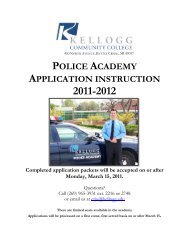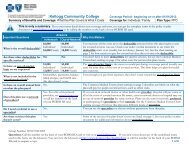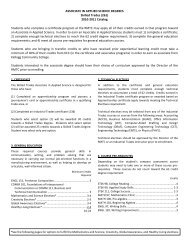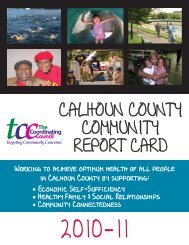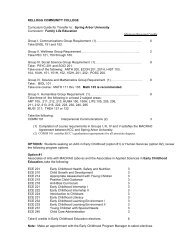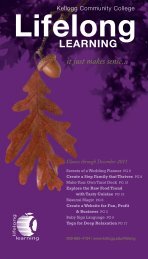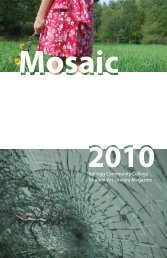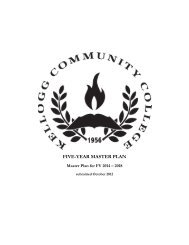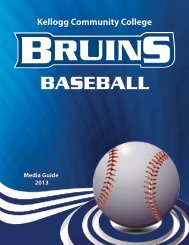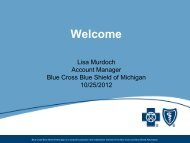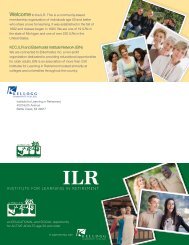Kellogg community college nursing student handbook
Kellogg community college nursing student handbook
Kellogg community college nursing student handbook
You also want an ePaper? Increase the reach of your titles
YUMPU automatically turns print PDFs into web optimized ePapers that Google loves.
Learning contracts will be completed by validators and sent to Lead Instructors for<br />
Second Level <strong>student</strong>s. Course faculty are responsible to follow through with<br />
expectations and consequences.<br />
Skills Validation (Physical Assessment) Validation level I and II<br />
Students may use the Guideline document below during the actual validation. No notes may be<br />
added to or accompany the guideline when completing validation. Students may use Guideline<br />
document during the actual validation but they may not use their own help sheets instead of the<br />
Guideline document.<br />
ROM will be demonstrated on one extremity and validator will pull the “scenario cards” from<br />
NURS 145 to determine if it will be upper or lower extremity.<br />
Level II - Demonstration of BP and apical pulse may occur at any point during the validation.<br />
Student must be within 6 mmHg to account for an accurate/acceptable BP within 3 allowable<br />
attempts. Student must be within 2 counts of an apical pulse and an accurate description of<br />
rhythm to account for an accurate/acceptable apical heart rate and rhythm. This will be verified<br />
via the validator auscultating in conjunction with the <strong>student</strong>.<br />
Student’s Name:<br />
Guidelines for Physical Assessment Data Collection<br />
KEY: HIGHLIGHTED AREAS FOR SECOND YEAR STUDENTS ONLY<br />
Met/Not Met<br />
Client is Sitting up in Bed<br />
General Survey/Physical Appearance:<br />
1) Physical Appearance<br />
a) Skin color<br />
b) Level of Consciousness (LOC)<br />
c) Posture<br />
d) Body hygiene & grooming<br />
e) Obvious signs of illness<br />
2) Mobility<br />
a) Observed gait<br />
b) Observed range of motion (ROM)<br />
c) Bed Mobility<br />
3) Behavior<br />
a) Speech<br />
b) Facial expression<br />
c) Mood & affect<br />
d) Eye contact<br />
Vital Signs – verbalizes would measure:<br />
1) Temperature (T) & route<br />
2) Pulse (P) rate, rhythm, & amplitude<br />
3) Respirations (R) rate, rhythm, & depth (labored or not)<br />
4) Blood Pressure (BP) in both arms (DEMO MANUAL B/P)<br />
5) Pulse oxygen saturations level<br />
Skin (may examine with corresponding region of body):<br />
1) Color and pigmentation<br />
2) Temperature<br />
Page 25 of 46



